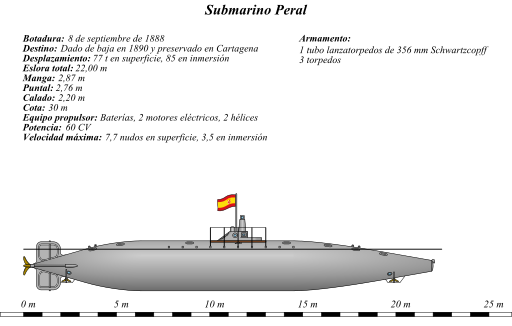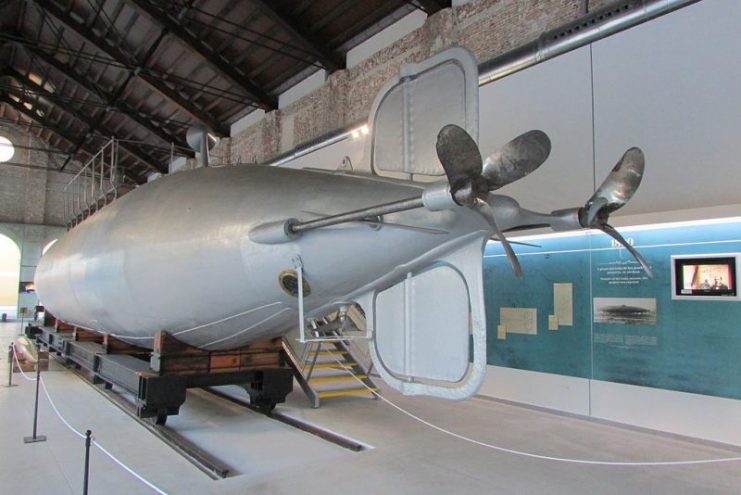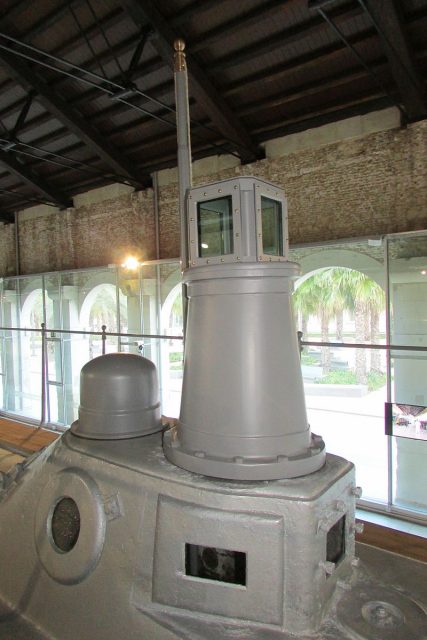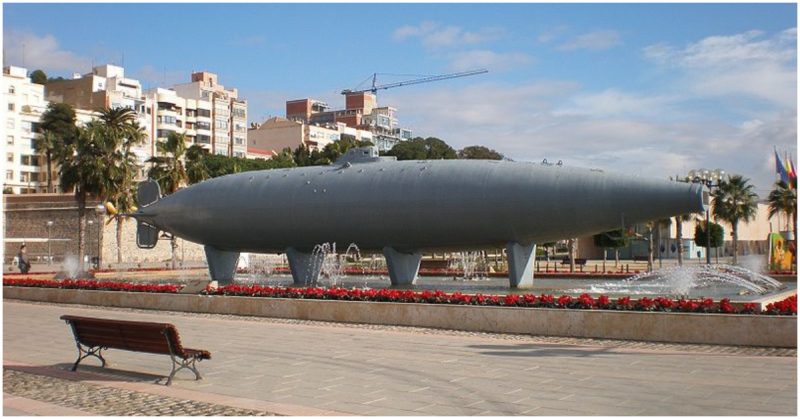It is a simple law of physics that “the lesser cannot contain the greater,” and that unbreakable rule has been proven once again with the Spanish submarine, the Isaac Peral.
Part of a four-submarine fleet ordered by the Spanish government in 2003, the sub, part of the S-80 series, is too big for the port of Cartegena for which it was designed. Ordered as replacements for decrepit boats of the Agosta Class, used during the Cold War era, the subs have been beset by problems of serious – and somewhat comic – proportions since the beginning. The Peral’s size is only the latest blunder to befall its creators since the boats were on the drawing board.
The submarines were designed with all the bells and whistles that 21st-century marine engineering can possibly provide: they have air independent propulsion, allowing them to stay under longer than other subs; they are also armed with six, 533-millimeter torpedo tubes. This makes them able to launch a variety of torpedoes, including the Americans’ Harpoon anti-ship missiles, Tomahawk land attack cruise missiles, and German DM2A4 Seahake guided torpedoes.

However, before any of that was fully realized, problems began to hamper the project, in part because of Spain’s economic downturn that began shortly after the submarines were green lit by the government. Consequently, Spain’s Defence budget took a hit, along with other government departments. Furthermore, as sources told the Associated Press and the BBC, those involved in the project noticed a profound error in the boat’s design, making it up to 100 tons heavier than anyone initially expected.
It would submerge easily, they knew; the question became: Would it be able to consistently and safely surface again? According to the BBC, reiterating news from the Associated Press, the problem resulted from someone – most likely a designer or engineer – putting a decimal point in the wrong place. These issues were not noticed until the boats were being built, adding to their costs significantly.

The builder, Navantia, halted the project instantly once the error was found. The company turned to the U.S. firm Electric Boat (EB), for help in sorting out the subs’ flaws. EB is a division of General Dynamics, an aerospace and defence multinational corporation based in Fairfax County, Virginia.
The Americans suggested that Navantia make the submarines longer, 30 feet longer, bringing them each to a length of 265 feet. Furthermore, said EB’s builders, they should add a pressured hull ring to help the submarine’s cope with their extra weight. And finally, an increase in displacement, to 3,100 tons, was suggested as an added measure that also allowed the subs to deal with their new size.

But apparently, no one considered the size of the ports in which they would be installed, starting with the Isaac Peral. Consequently, the port at Cartagena will have to be modified by making it bigger and by dredging the bottom, resulting in more headaches for government officials and additional costs, even though they have already come in 30% over budget. Each boat has cost approximately 920 million Euros, for a total of 3.68 billion Euros for all four.
The great irony here – and no doubt a huge source of frustration and even embarrassment for the Spanish government in general but the Navy in particular – is that the boats are being built in Cartagena. Clearly, no one from the shipyard made the stroll over to the port to ponder the question of the Isaac Peral’s size.

Read another story from us: The French Submarine Disaster at Bizerta
The boats are the Isaac Peral, the NarcisoMonturiol, the Cosme Garcia, and the Mateo Garcia de los Reyes. All are named after men who are considered to be heroes and pioneers of the Spanish Navy. The Navy is expecting the subs to be delivered, one per year, beginning with the Isaac Peral. Once, that is, it is able to fit in its port.
